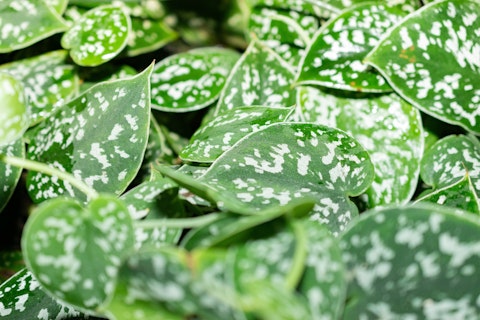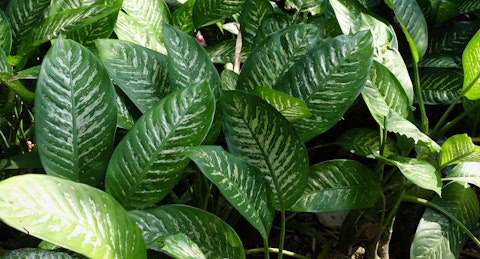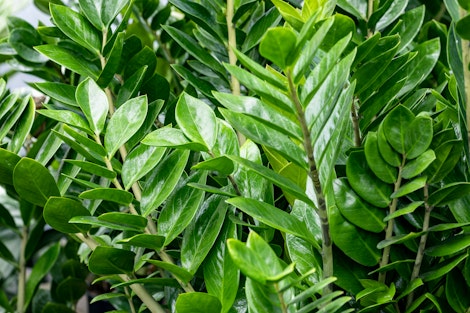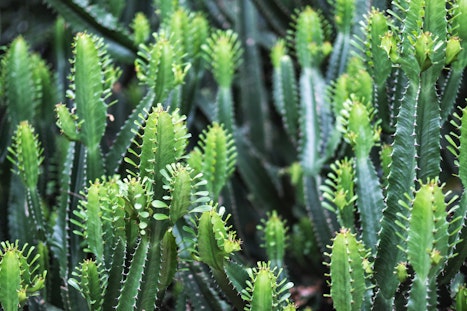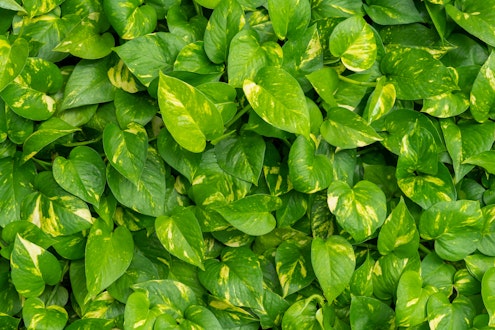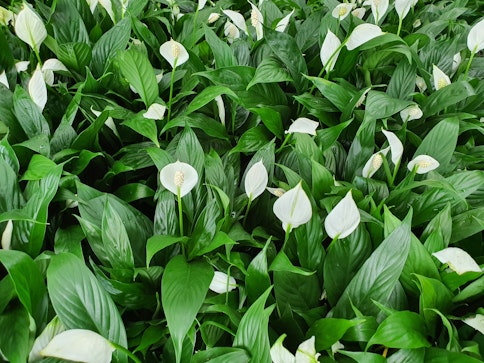
- Home
- Begonia: General Care
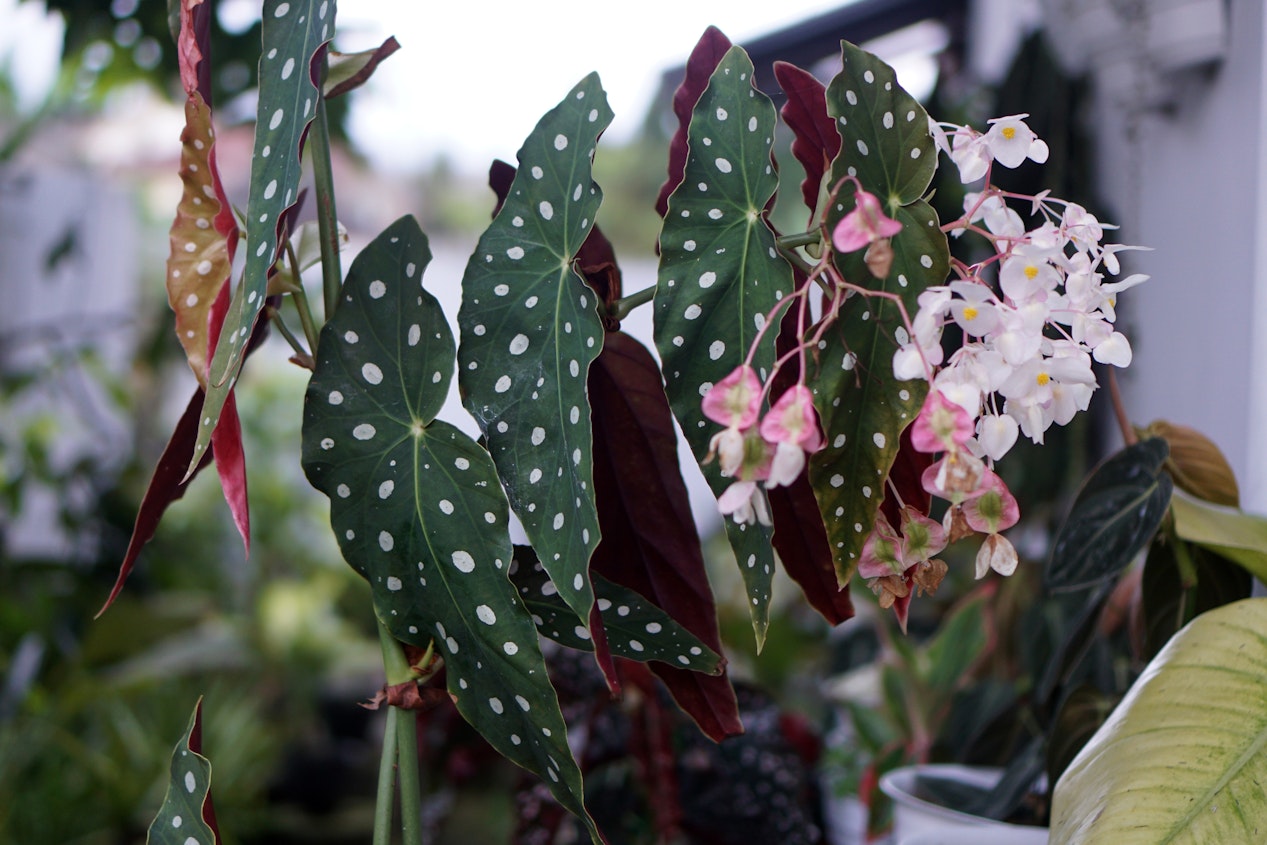
What is a Begonia?
Begonia is a genus of flowering plants in the family Begoniaceae, native to most parts of the tropics and sub-tropics, from Central and South America through Africa and into SouthEast Asia. It was named by Charles Plumier in the 1700s after the French governor Michael Begon. They are popular for their wide range of blooms, leaf shapes and colours.
How to care for Begonia
Begonias are among the fussier popular houseplants, but not due to strict care requirements, more due to the rate at which they suffer when they suffer. If you follow the guide, your Begonia should thrive without much work at all!
Watering: Being from temperate and tropical areas, Begonias prefer a humid or temperate environment. Resultantly, it is best to keep the soil slightly moist, but in waterlogged soil a Begonia will suffer from root rot very quickly, so it is best to check before watering. Equally, a Begonia will suffer quickly when thirsty, so try to maintain a good balance.
Potting: If planted in a chunkier mix, with inclusions to help loosen up the soil like perlite or pumice, Begonias will have plenty of root space, while also allowing lots of water to pass through. Pine bark can be added to help absorb excess water and contribute to the chunkiness of the mix.
Light: Being primarily forest-floor plants in their native habitats, Begonias do well in fully shaded areas, provided the room has some natural light source. However, for the best results, bright indirect light is sought, and can encourage the plant to bloom.
Feeding: Feed Begonias during periods of active growth, perhaps every 3 or 4 waterings in the summer months only. Begonias go dormant in the winter and will not actively seek out nutrients. Start feeding again in the Spring!
Pests: Begonias unfortunately can be susceptible to thrip, spider mites or mealybug attacks. Check your plant regularly and if discovered, treat according to our guide here.
Potential Issues with Begonia:
Wilting: When underwatered, a begonia may wilt dramatically. This is a definite sign that it needs watering. If this is the case, give it a drink and it will quickly perk itself back up again. Try not to allow this to happen, as the process requires a lot of energy for the plant.
Leaf browning: Begonia leaves can go brown for a multitude of reasons. Sometimes it can be due to leaf scorch, in which case the leaves with go a crispy brown, usually in the most exposed areas of the plant. It can also be due to overwatering, in which case the leaves will go a mushy brown and become malleable and soft instead of crispy and delicate.
Begonia species to check out:
Begonias are commonly hybridised to produce a large variety of colours, shapes and styles. The list below is comprised of hybrid and defined species that are popular and great to look at!
Begonia rex
Begonia metallica
Begonia brevirimosa
Begonia coccinea
Begonia ‘Escargot’
Begonia ‘Beleaf Arctic Breeze’
Begonia ‘Autumn Ember’
Jonathan Davies
Jonny has worked at Root since May 2023. His love for plants was inherited initially from his grandparents and parents, but really took off once he moved into his own place, where he started picking up small plants and was fascinated by watching how they grow and change over time. Jonny has a degree in Archaeology and Classics from the University of Sheffield, and a masters in Egyptology from Swansea University, where he primarily focused on garden culture in the ancient world, which he has managed to extend to a PhD thesis in the University of Liverpool, where he has been able to combine his love for plants with his love for ancient language and culture. Jonny loves being in the natural spaces around North Wales and Cheshire where he used to go growing up, and often spends hours examining the plants and trees, and kicking up the leaf litter searching for mushrooms and insects. He is fascinated most by plant biology, taxonomy and learning about ecosystems and interactions between plants and their environmental counterparts, and enjoys tending to his varied array of houseplants, and ongoing ‘plant projects’, such as growing plants from seeds and creating living epiphyte displays. Aside from his green thumb, his other interests include: art, reading, listening to and playing music in the company of his cats, Spooky and Boo.
More by Jonathan DaviesRelated Articles
View all articles
